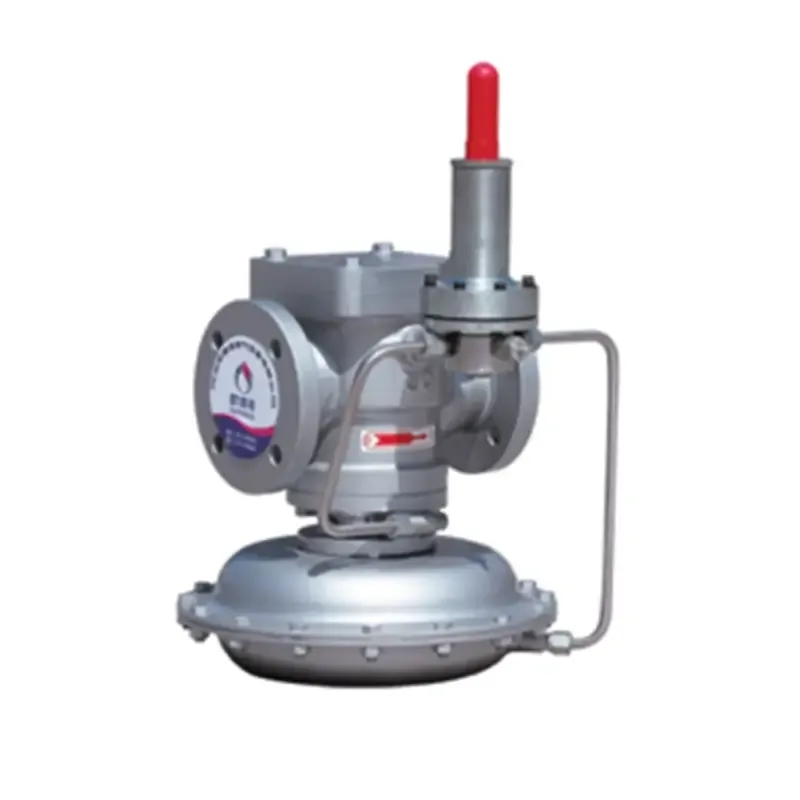
Dec . 04, 2024 16:44
Back to list
Relief Valve Understanding Its Function and Importance in Pressure Systems
Understanding the Pressure Relief Valve A Crucial Safety Component
In various industrial applications, maintaining safety and efficiency is paramount. One of the key components that ensure operational safety in pressurized systems is the pressure relief valve (PRV). This vital device plays a crucial role in preventing the potentially catastrophic consequences of excessive pressure build-up in tanks, pipes, and vessels.
What is a Pressure Relief Valve?
A pressure relief valve is a safety device designed to control or limit the pressure in a system by discharging fluid from an overflowing container. When the pressure exceeds the preset limit, the valve opens, allowing the fluid to escape and thus reducing the pressure within the system. This operation is essential in applications involving steam, gas, and liquids, where pressure can build up quickly and lead to hazardous situations.
How Does it Work?
A pressure relief valve operates through a simple mechanism. It is typically equipped with a spring that holds the valve closed under normal operating conditions. The valve’s set pressure is determined by the spring’s tension. When the pressure within the system exceeds this set point, the force exerted by the fluid surpasses the spring force, causing the valve to open. As the fluid is released, the pressure drops, and once it falls below the set limit, the spring force will close the valve again.
Applications of Pressure Relief Valves
.
Types of Pressure Relief Valves
صمام التنفيس

There are several types of pressure relief valves, each suited for different applications. The most common types include
1. Spring-loaded Pressure Relief Valves These are the most widely used and rely on a spring mechanism to hold the valve closed until the system pressure exceeds the predetermined limit.
2. Pilot-operated Pressure Relief Valves These valves use a small pilot valve to control a larger main valve, allowing for more precise control in systems with varying pressures.
3. Temperature and Pressure Relief Valves Often used in water heaters, these valves are designed to open in response to both high pressure and temperature, providing dual safety measures.
4. Vacuum Relief Valves These prevent vacuum conditions that can damage tanks and pipes by allowing air to enter the system when the pressure drops below atmospheric levels.
Importance of Regular Maintenance
Like any mechanical device, pressure relief valves require regular maintenance and testing to ensure they operate correctly. Factors such as corrosion, debris accumulation, and material fatigue can impair their function, leading to dangerous overpressure situations. Routine inspections and servicing are essential to identify and address potential issues before they result in catastrophic failures.
Conclusion
The pressure relief valve is an unsung hero in industrial safety. By effectively regulating pressure and preventing excessive build-up, these valves safeguard not only the equipment but also the personnel working in and around potentially hazardous environments. Understanding their function, types, and importance can help industries maintain safe operational standards, minimize risks, and promote a culture of safety. As industries continue to evolve, the role of pressure relief valves remains critical in ensuring the integrity and safety of pressurized systems worldwide.
Latest news
-
Safety Valve Spring-Loaded Design Overpressure ProtectionNewsJul.25,2025
-
Precision Voltage Regulator AC5 Accuracy Grade PerformanceNewsJul.25,2025
-
Natural Gas Pressure Regulating Skid Industrial Pipeline ApplicationsNewsJul.25,2025
-
Natural Gas Filter Stainless Steel Mesh Element DesignNewsJul.25,2025
-
Gas Pressure Regulator Valve Direct-Acting Spring-Loaded DesignNewsJul.25,2025
-
Decompression Equipment Multi-Stage Heat Exchange System DesignNewsJul.25,2025

